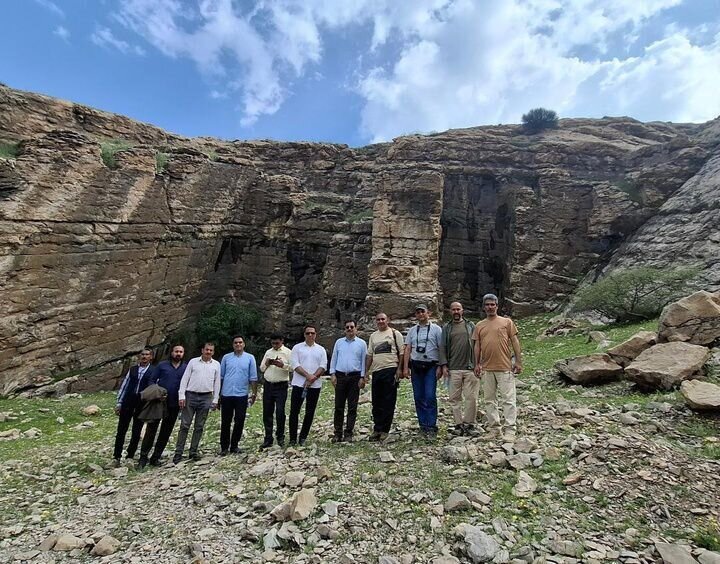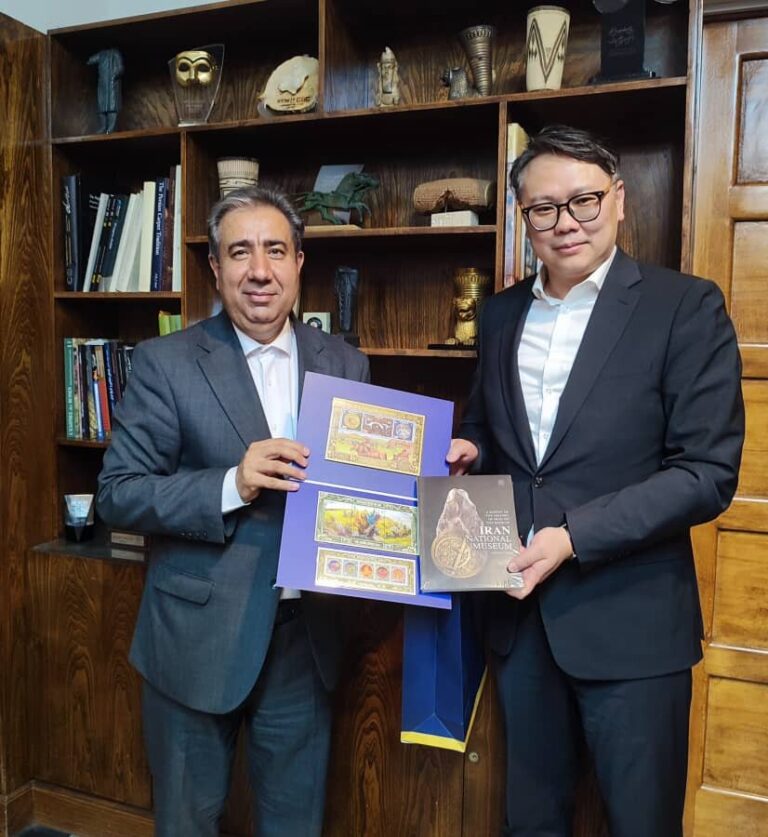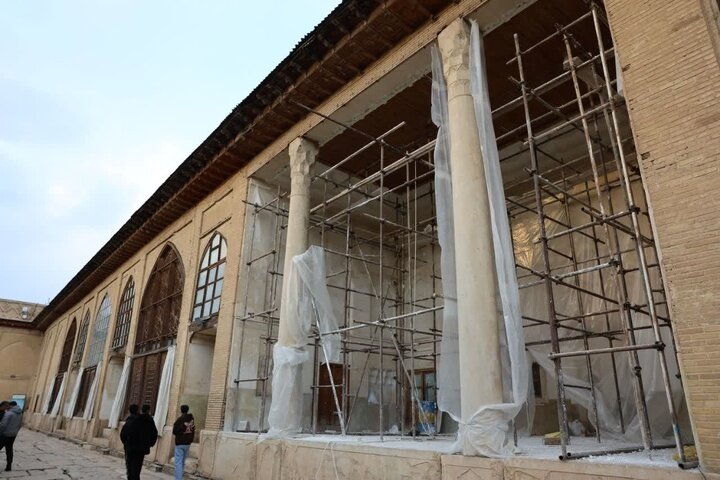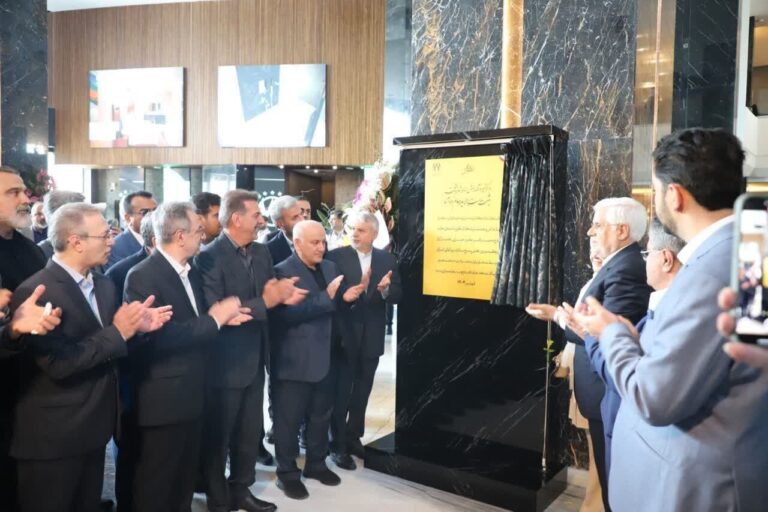Ancient Discovery: 3,200-Year-Old Iron Age Woman’s Skeleton Unearthed in Northern Iran
In a remarkable archaeological discovery, a team has unearthed the 3,200-year-old skeleton of a woman in northern Iran. This significant find, which dates back to the Iron Age, was made in the rural district near the village of Kami-Kola, part of the Shahne-Posht area in Babol county, Mazandaran province. The discovery not only sheds light on ancient burial practices but also emphasizes the rich historical tapestry of the region.
The skeleton, now preserved for further study at the Babol Museum, is part of a larger excavation effort that Professor Hassan Fazeli Nashli, Associate Professor of Archaeology at the University of Tehran, has been spearheading. This multi-year project, which spanned from 2018 to 2020, focused on two significant archaeological sites: Qaleh Bon and Shahne-Posht. The team’s findings contribute to a deeper understanding of Iron Age funerary practices in northern Iran.
Professor Fazeli Nashli highlighted the importance of the cemetery where the skeleton was found, stating, “This cemetery is among the richest Iron Age burial sites in Iran. Its scale and density of findings are almost unparalleled in northern Iran.” The excavation revealed a total of 61 human skeletons, with 31 discovered through systematic scientific excavations, while the rest were recovered from areas that had previously been disturbed by illegal diggings.
The significance of the Shahne-Posht site cannot be overstated. Professor Fazeli Nashli noted that the area has been subject to looting since the mid-2000s, resulting in the loss of many graves and ancient artifacts, some of which date back over 3,000 years. The ongoing threat of unauthorized excavations underscores the need for continued archaeological efforts to protect and study these invaluable historical resources.
The geographic and climatic conditions of northern Mazandaran province also play a role in the region’s archaeological significance. The province features a lowland alongside the Caspian Sea and upland areas along the northern slopes of the Alborz Mountains. Here are some key characteristics of the region:
- Terrain: The coastal plain is dominated by marshy backlands, while extensive gravel fans are found along the mountains.
- Climate: The region enjoys a subtropical and humid climate with very hot summers.
- Flora and Fauna: While much of the forest cover has been lost, the area supports a variety of wildlife, including wild boar, deer, and numerous bird species. However, the tiger, once found in the lowland, has become extinct in this region.
- Agriculture: The higher parts of the region are cultivated summer pastures, housing villages that are often deserted in winter.
- Waterways: The province is rich in rivers, contributing to the area’s ecological diversity.
The archaeological findings in this region not only enhance our understanding of the Iron Age but also illustrate the rich cultural heritage of Iran. As excavations continue, researchers hope to uncover more artifacts and skeletal remains that can provide insight into the lives, deaths, and burial practices of those who lived in this ancient landscape.
In conclusion, the unearthing of the 3,200-year-old skeleton presents an exciting opportunity for historians and archaeologists alike to delve deeper into the past. With the ongoing threat of looting, the preservation of these findings at the Babol Museum is vital for ensuring that future generations can learn from and appreciate the significance of Iran’s rich archaeological heritage.





